The faerings of western Scandinavia were the everyday workhorses that coastal people used for commuting, fishing, and carrying light cargo. Built by tradition and eye, the clinker-built double-enders were formed from three to four wide strakes supported by just a few frames. The narrow hulls rowed well, and the ample reserve buoyancy given by full and round midsections provided capacity for cargo and stability for sailing. The gracefully upswept bow and stern were necessary features along the rough seas of the North Atlantic coast.When Australian-born, Scotland-based boat designer Iain Oughtred was commissioned to design a small faering based on a small scale model, he studied the type and designed a faering of his own. The end result was his Elf, a mini faering just 15′ long and designed for glued-lap plywood construction, with the most functional and yet simple of hull forms, a tribute to the hundreds of years of evolution of the traditional craft. Later came the stretched Elfyn. At 16′ 6″, it is more like the original faerings, long and lean. Elfyn is built upside down over plywood or MDF molds. With just three wide strakes, the hull takes shape quickly, and once the planking is done, the outer keel and stems are glued in place.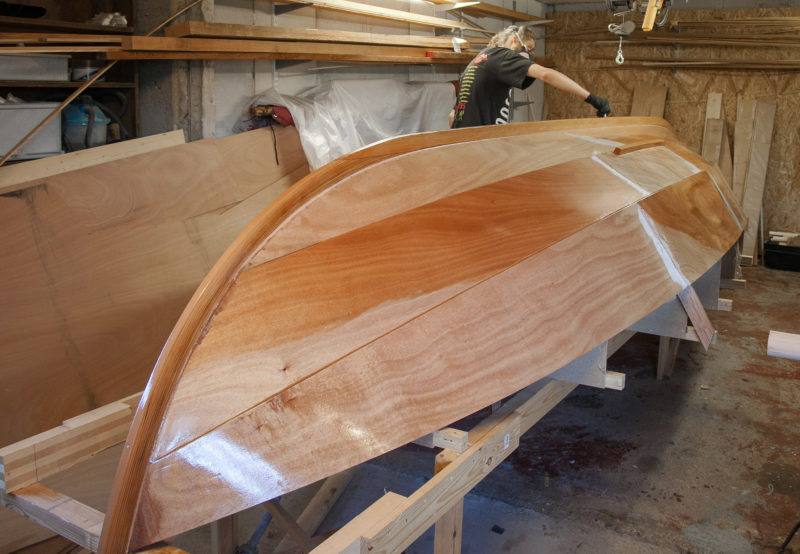 Mats Vuorenjuuri
Mats Vuorenjuuri
Join The Conversation
We welcome your comments about this article. If you’d like to include a photo or a video with your comment, please email the file or link.
Comments (7)
Leave a Reply
Stay On Course

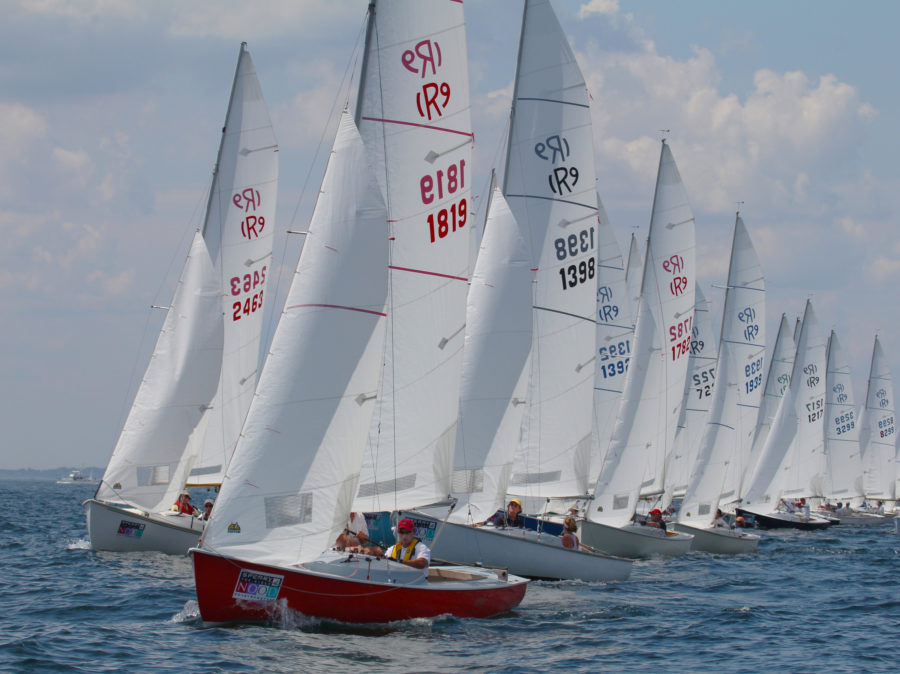
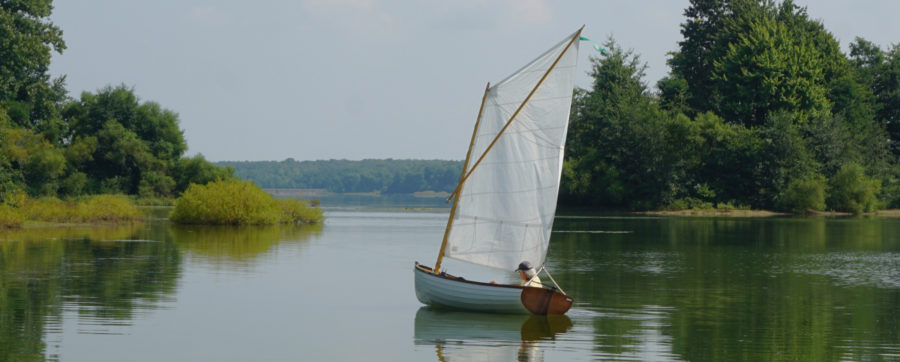
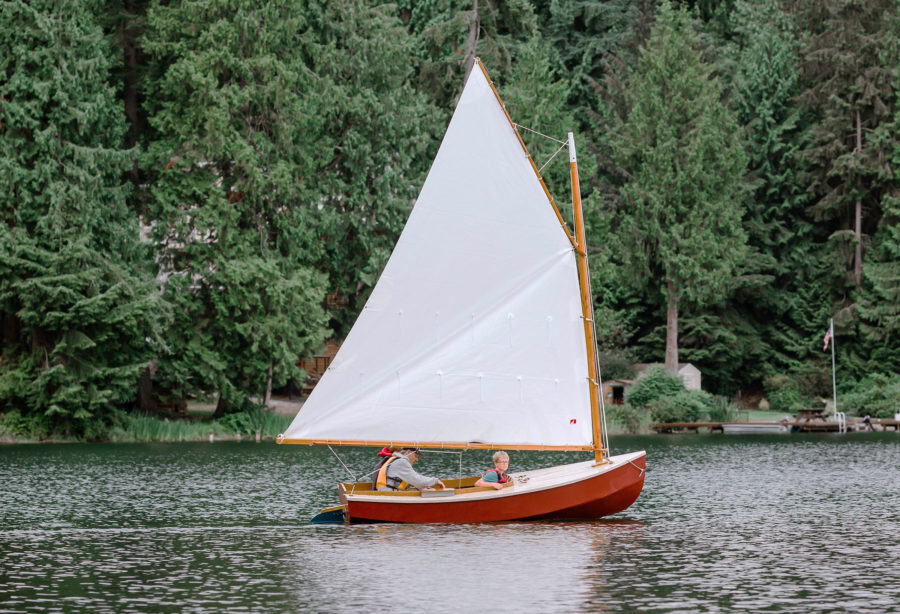
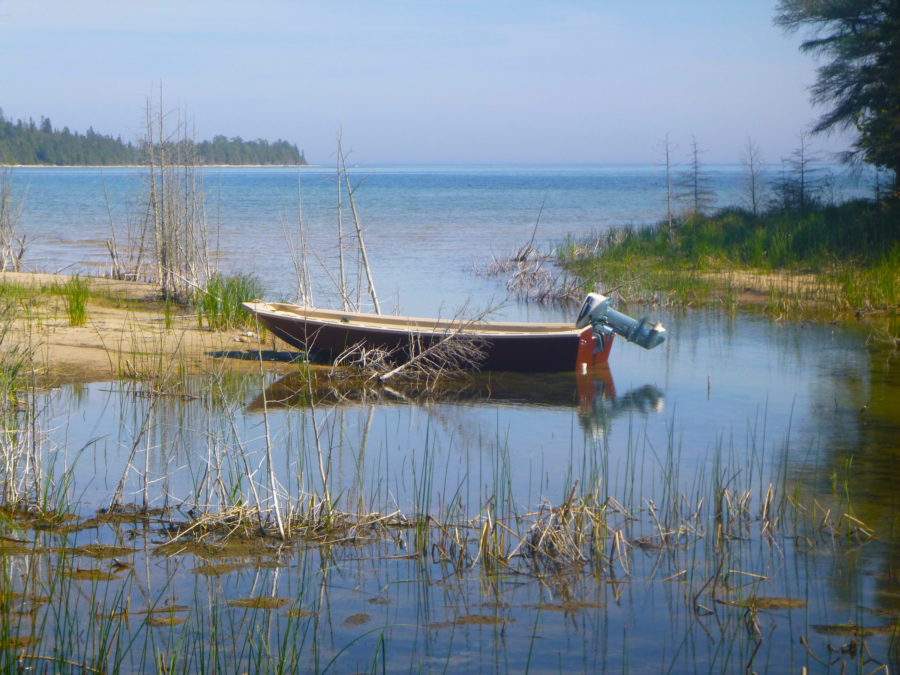
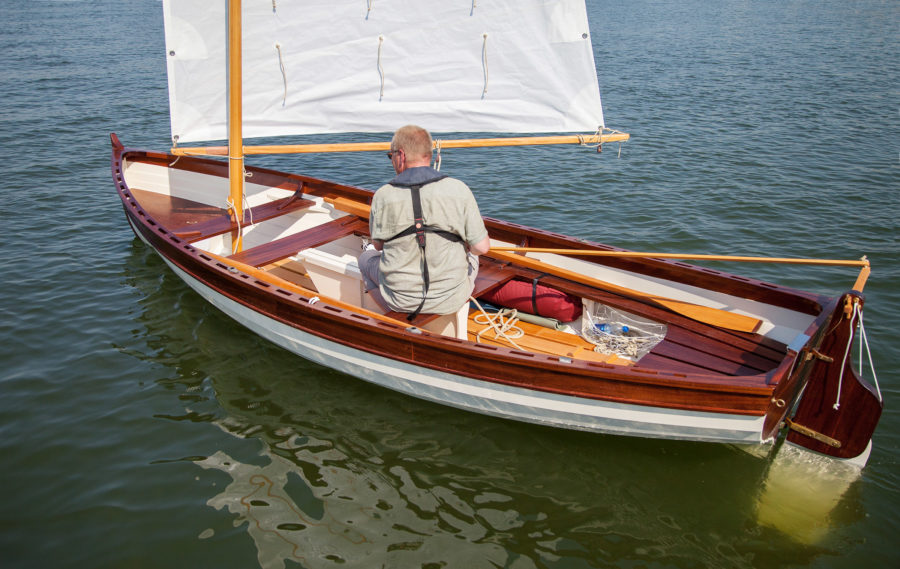
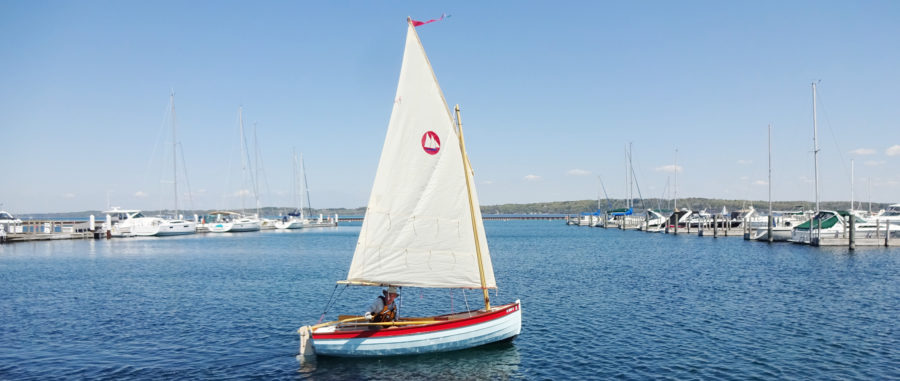
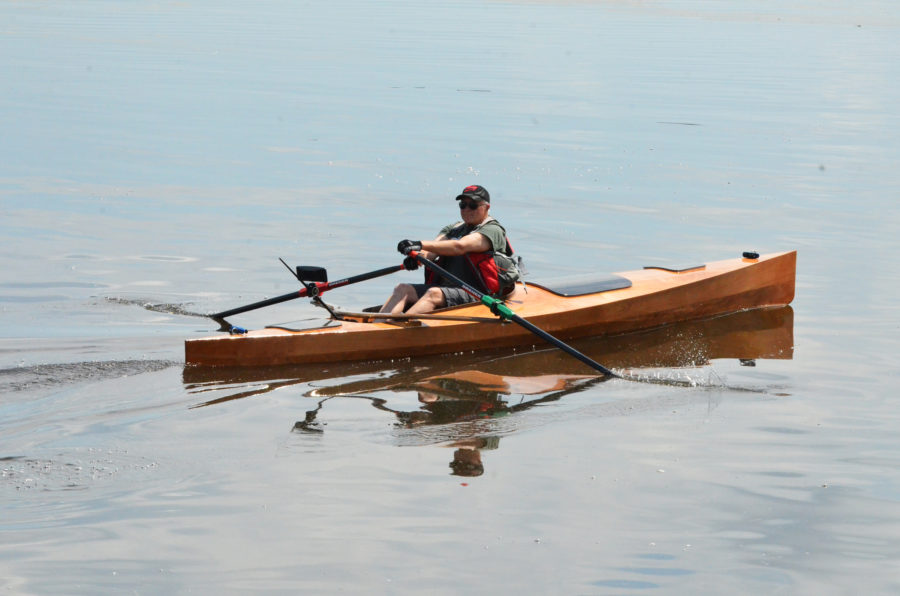
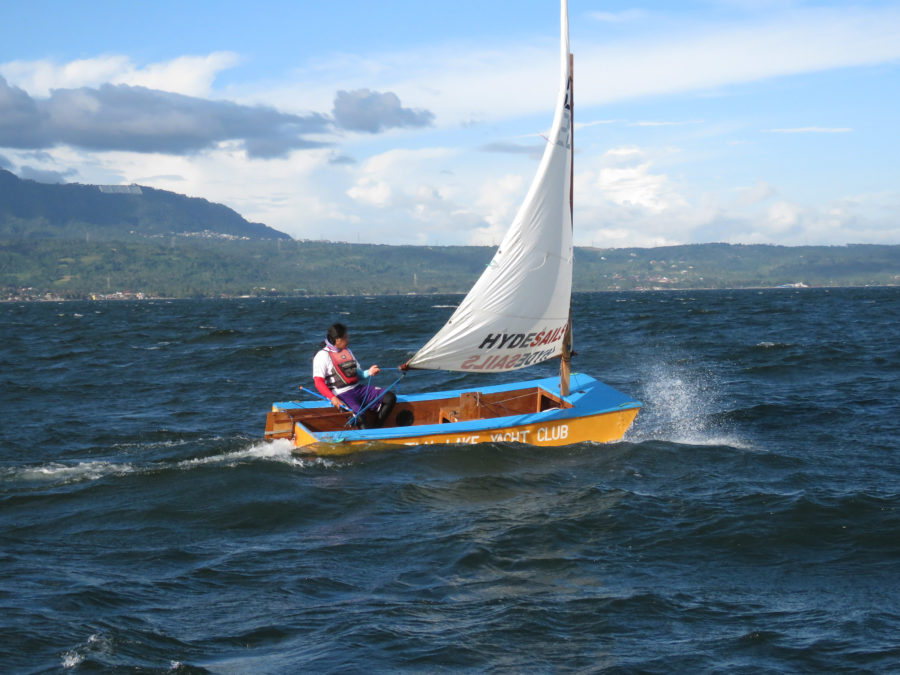
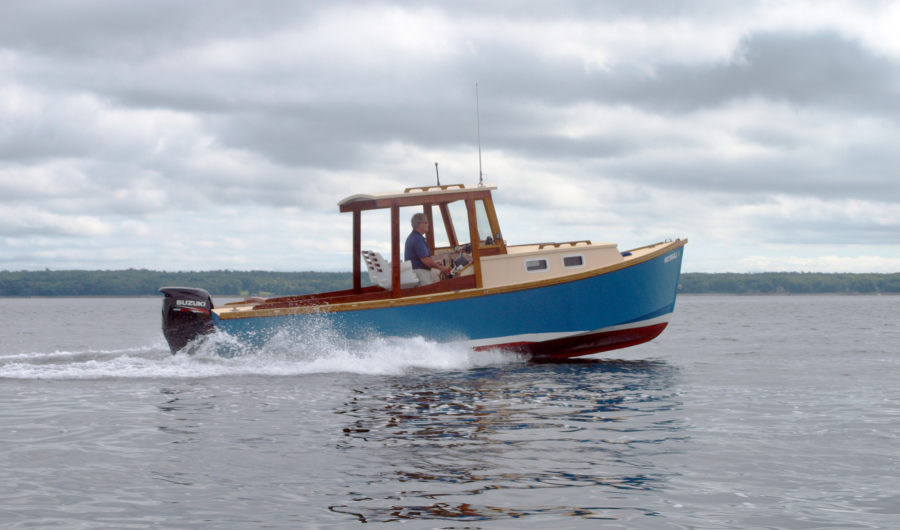
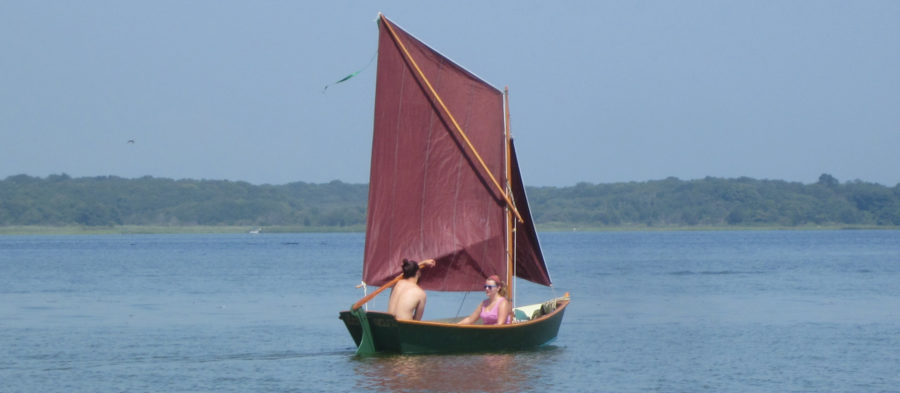
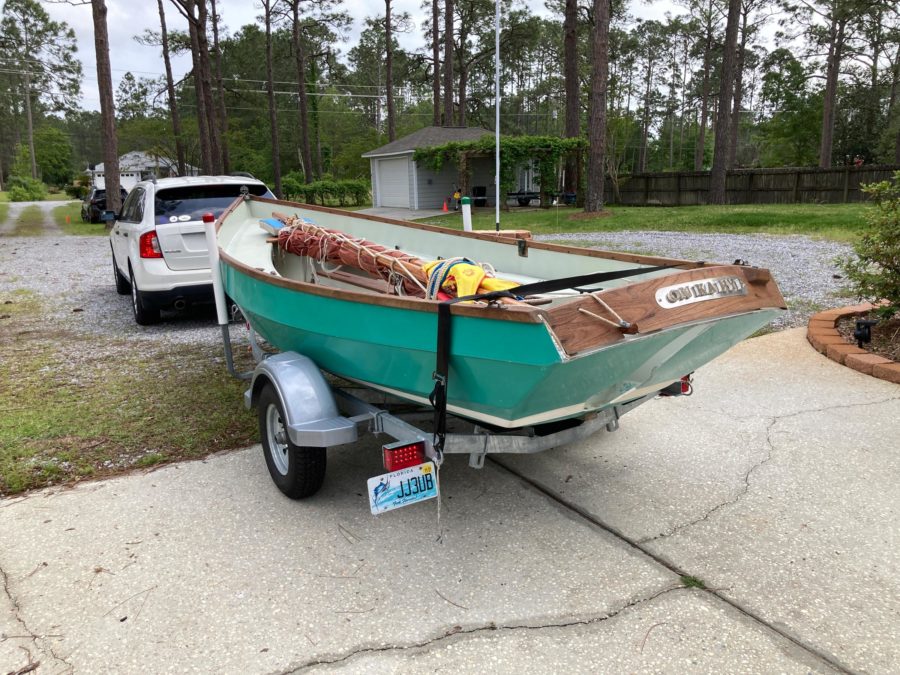
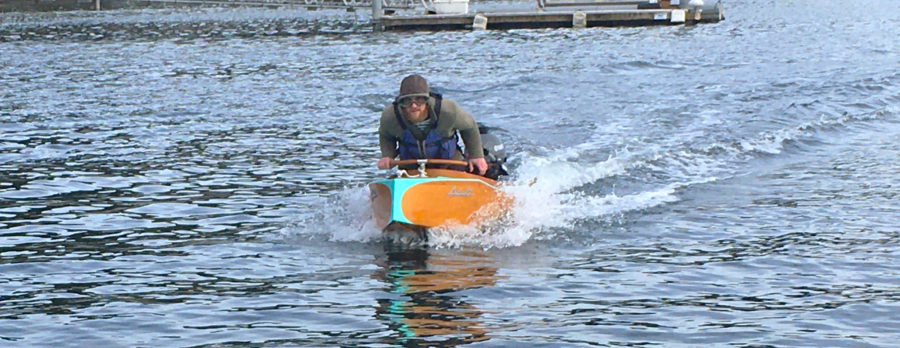
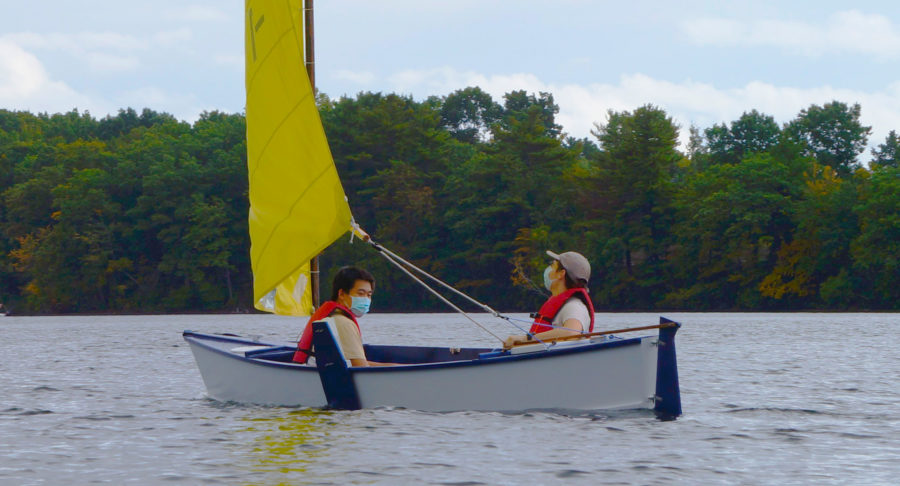
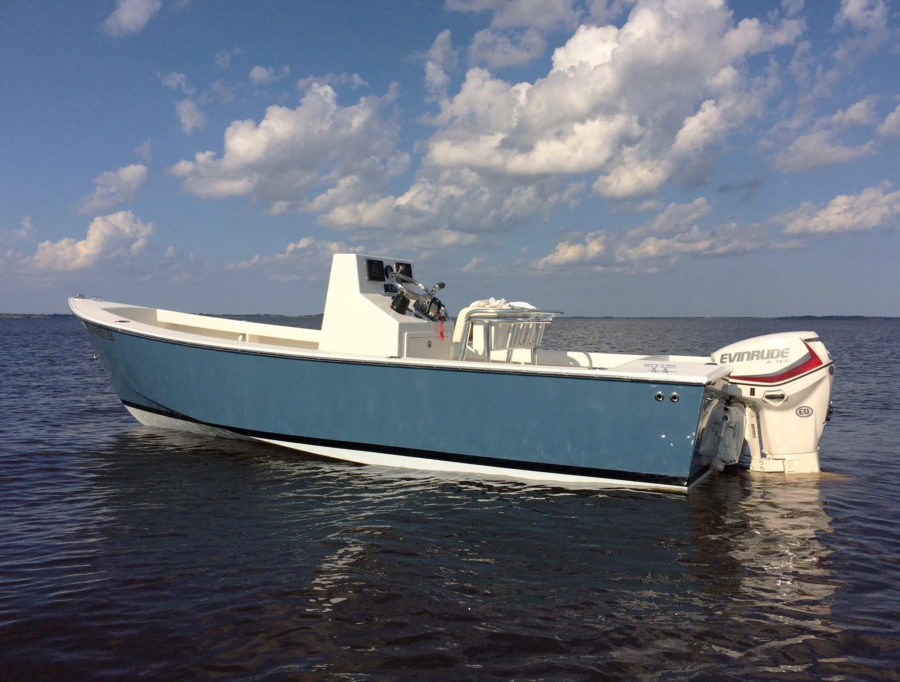
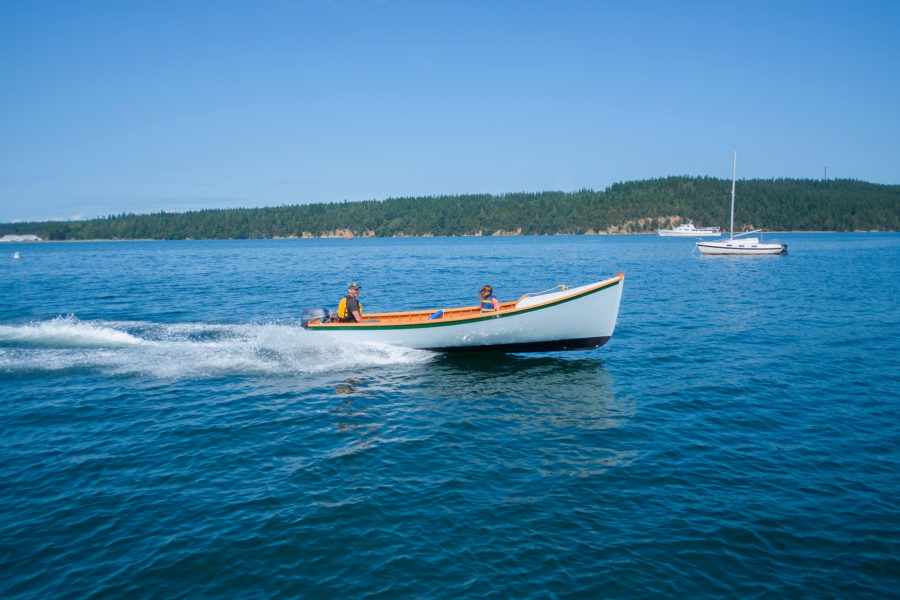
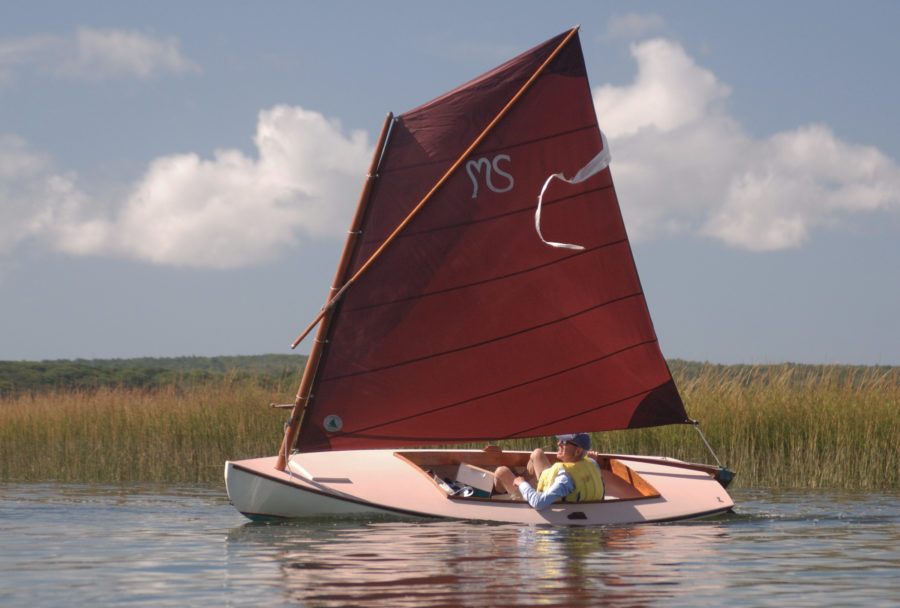
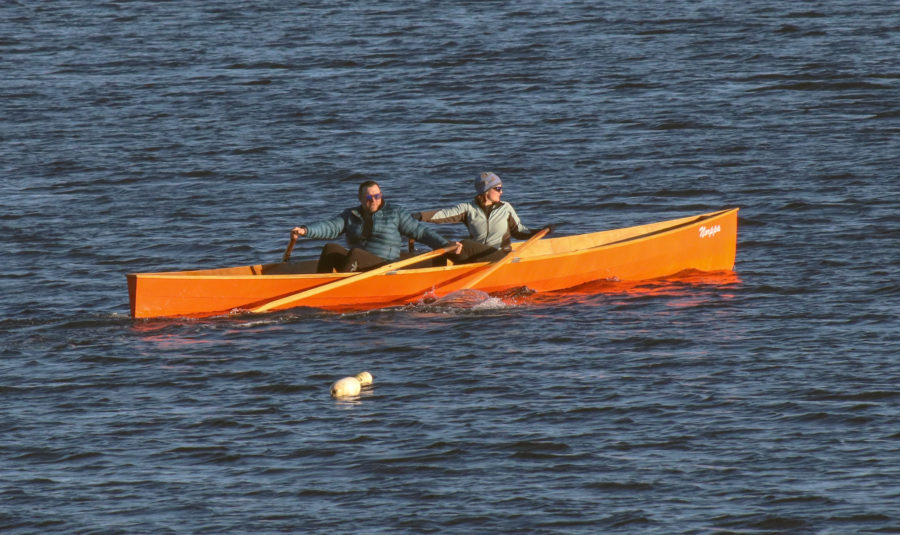
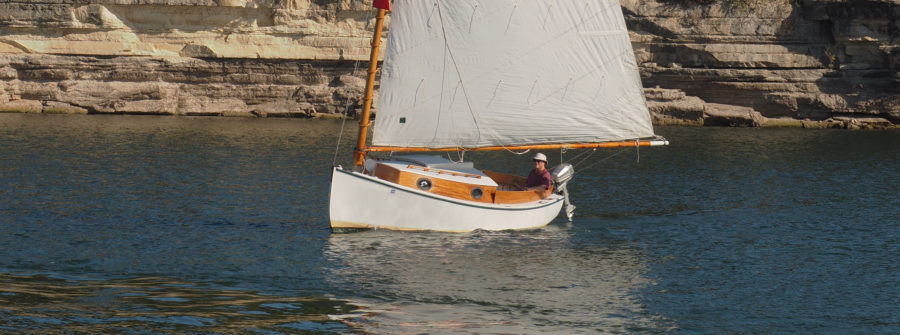
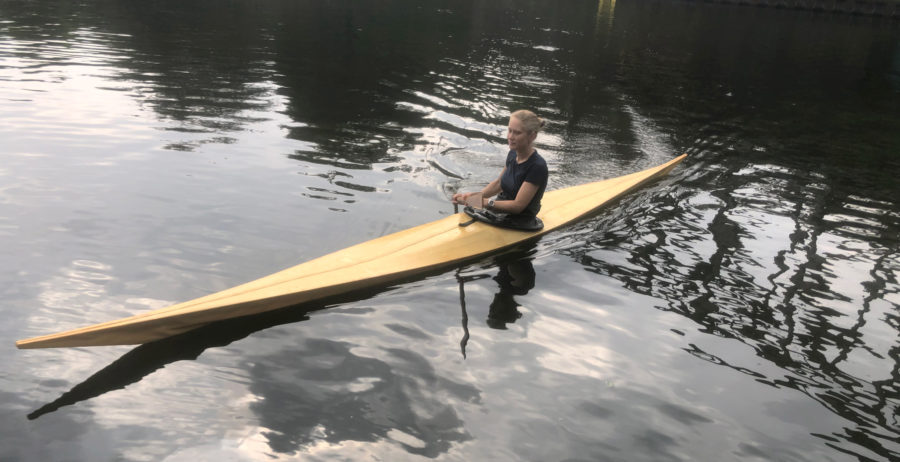
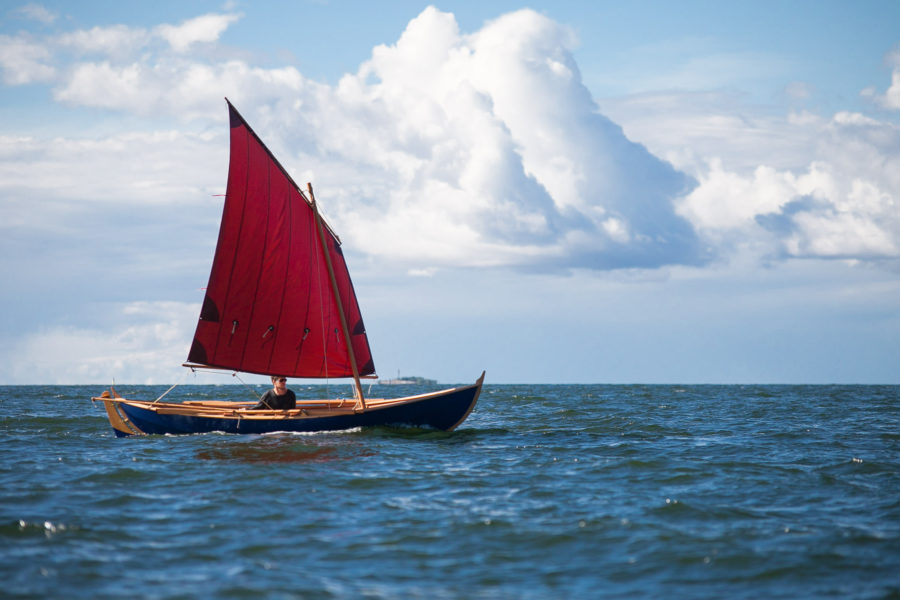
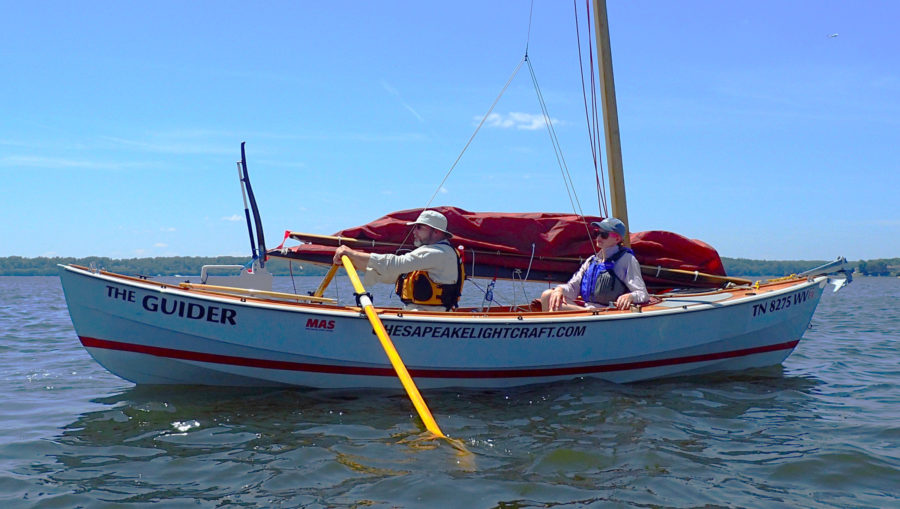
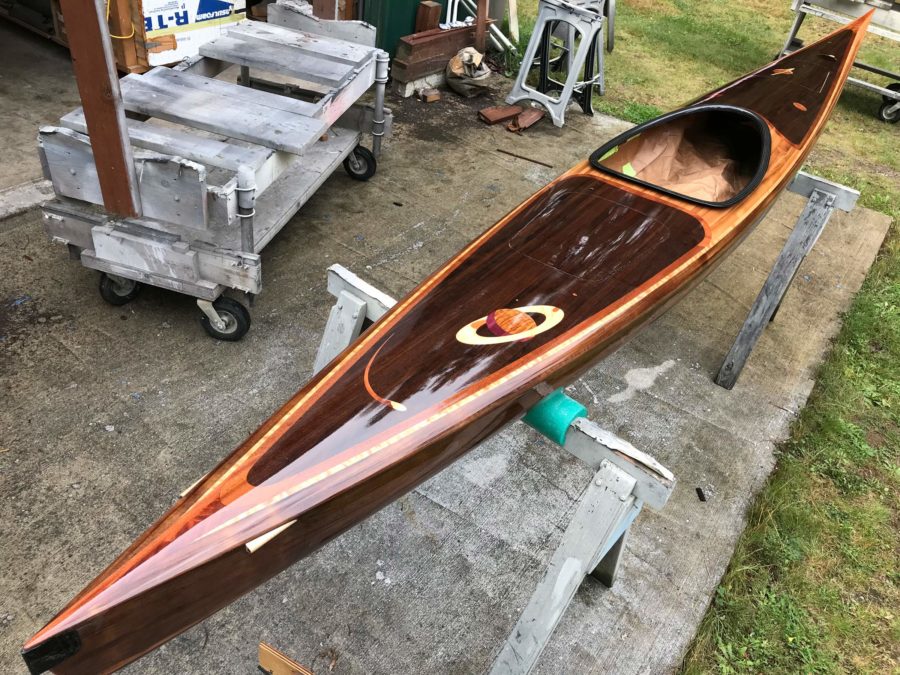
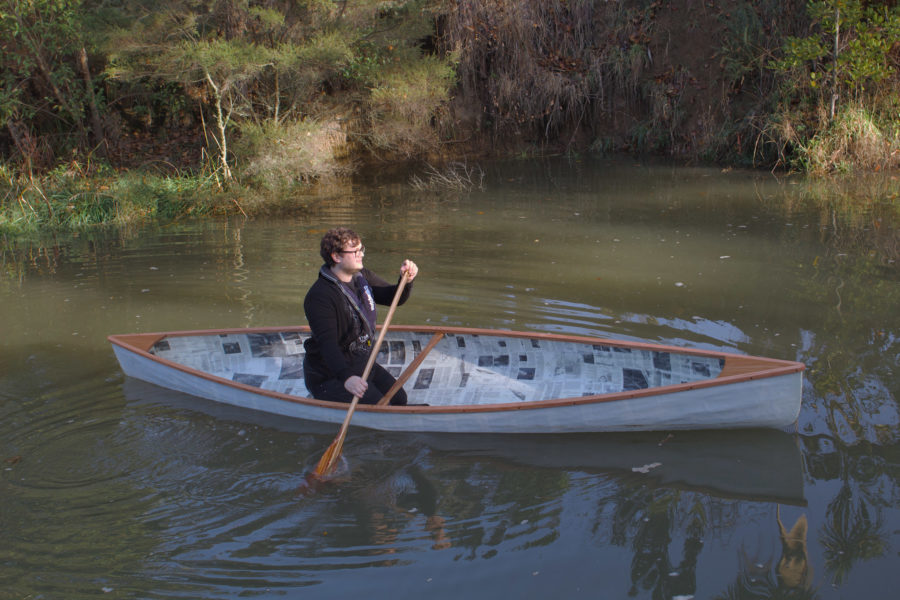
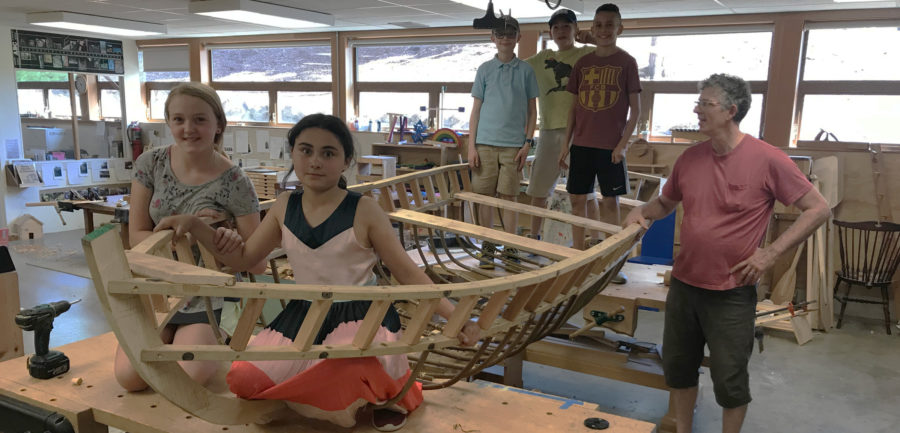


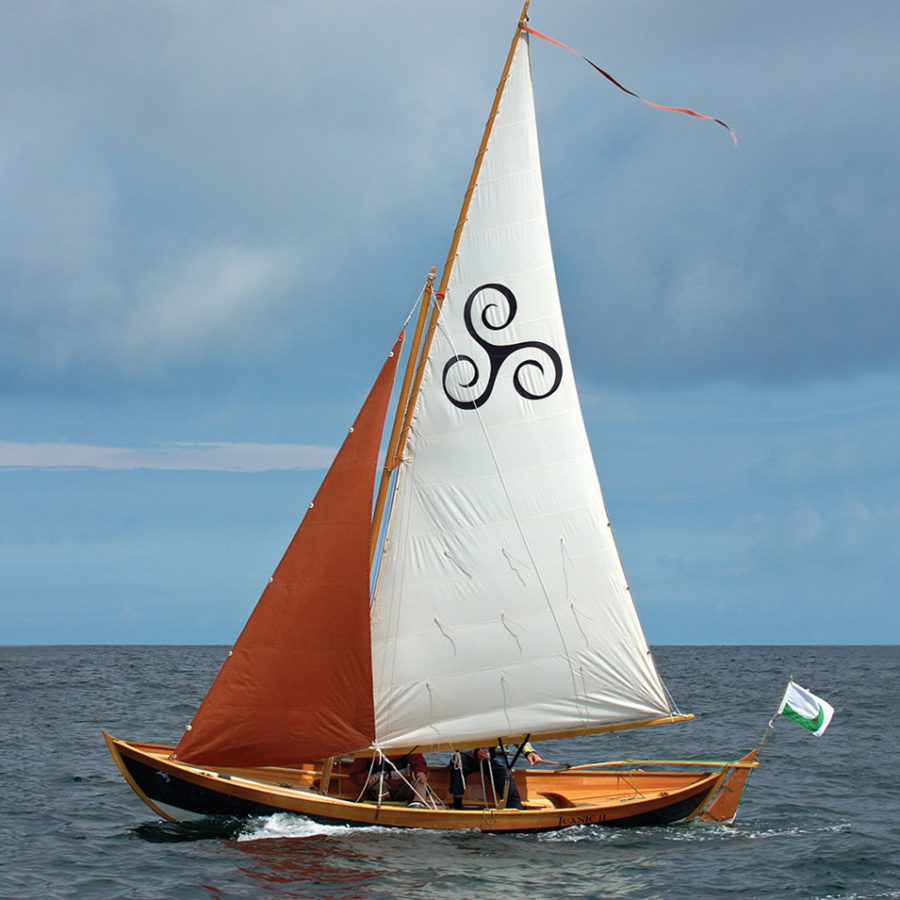
I know it’s historically wrong but I couldn’t resist an addition to my Elf. Plus a square sail rig.
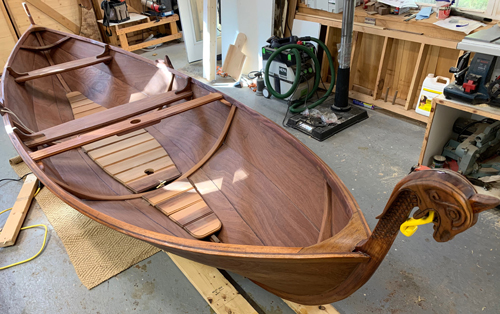
Harvey, two years later you should know… this one sparks joy. Thanks for sharing!
Looking for small-boat plans to use to make models.
Thanks,
Dennis
Harvey,
It’s been my experience that history doesn’t always record the obscure, but instead portrays the common as if it were the only. There must have been a viking ship builder or two that went their own way. However, you could always paint the lines you want on the hull, and that at least would make it appear more historically correct.
We built our Elfyn several years ago. We also made the traditional Nordic oars, which are stylish and very ergonomic. Your centerboard seems farther after then ours. For heavy sailing, we use a pair of inflatable torpedo-shaped sponsons that fit nicely under the outer gunwale. They have saved us on two occasions and are also handy when first getting into boat. They sit high enough not to interfere with rowing.
We display Elfyn each year at the Nordic Fest held in Vasa Park, New Jersey. She is always a hit and a photo opportunity.
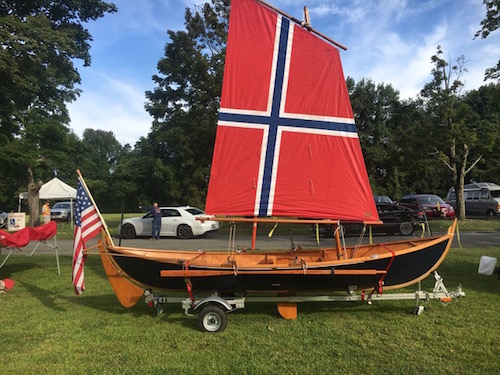
This is a typical OSELVAR from the Westcoast of Norway. However the original one is in Bygdøy, Oslo in the Vikingship Museum by the Viking ships. Used as a lightboat onboard the Vikingship for recognition or escape.
I built my Elfyn without the centerboard since I didn’t want to cut a hole in the hull. I decided to make a steerboard too, which works very well and as good as a rudder in my experience. Even with no daggerboard I can sail effectively into the wind but I find it much more expedient to row when I want to go windward, faster to go in a straight line than tacking.
Also, it is nice not to have a daggerboard case taking up space in the largest part of the boat.